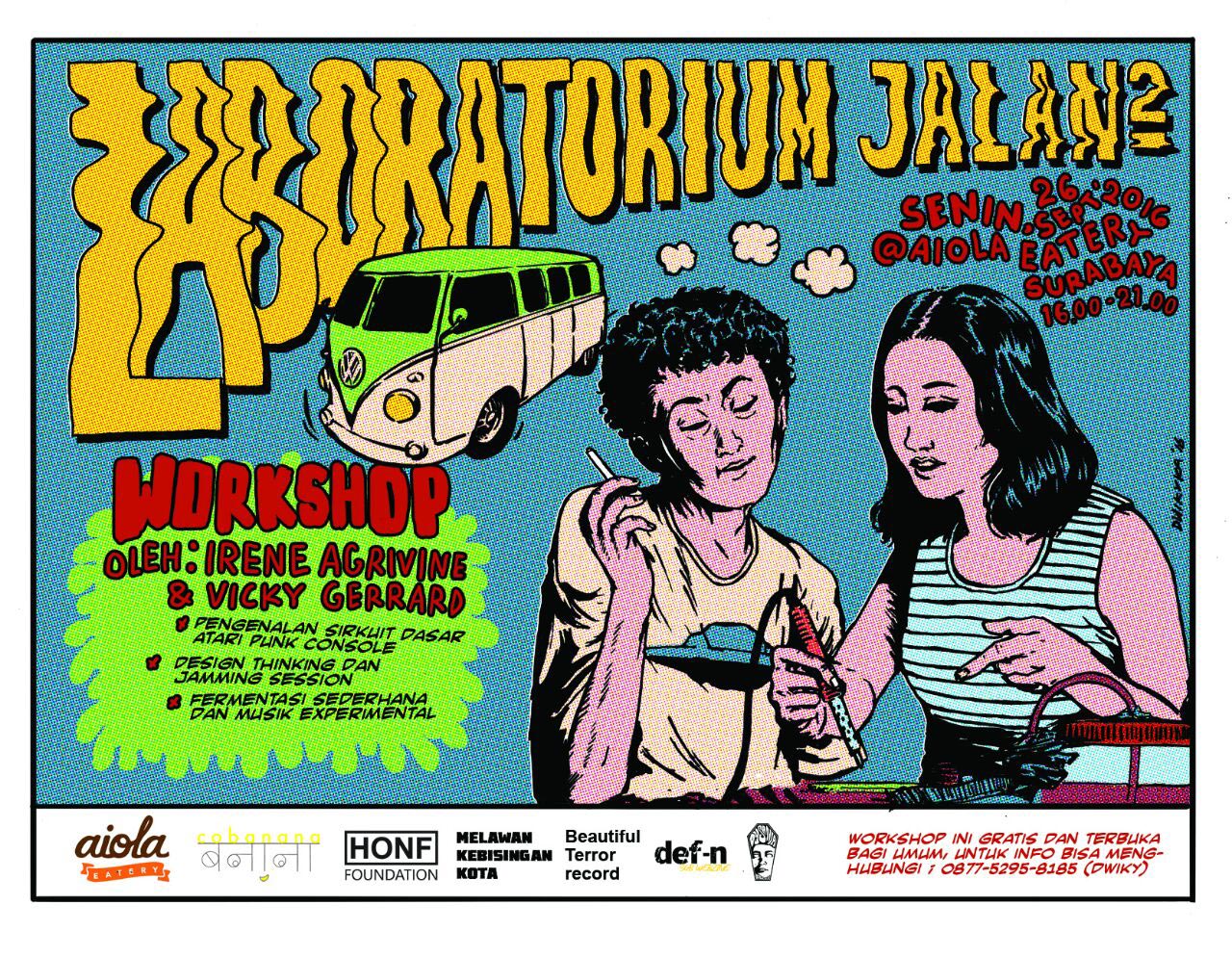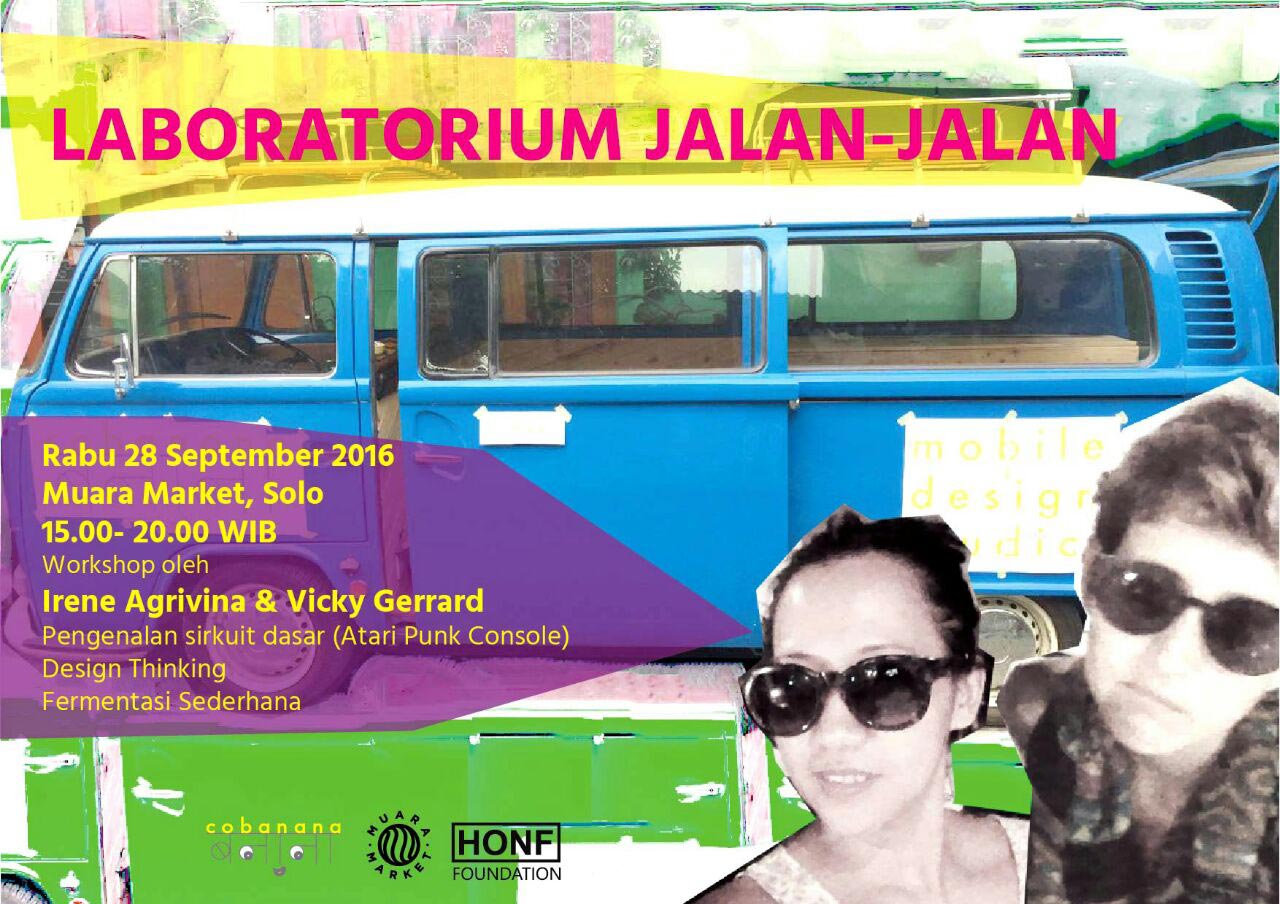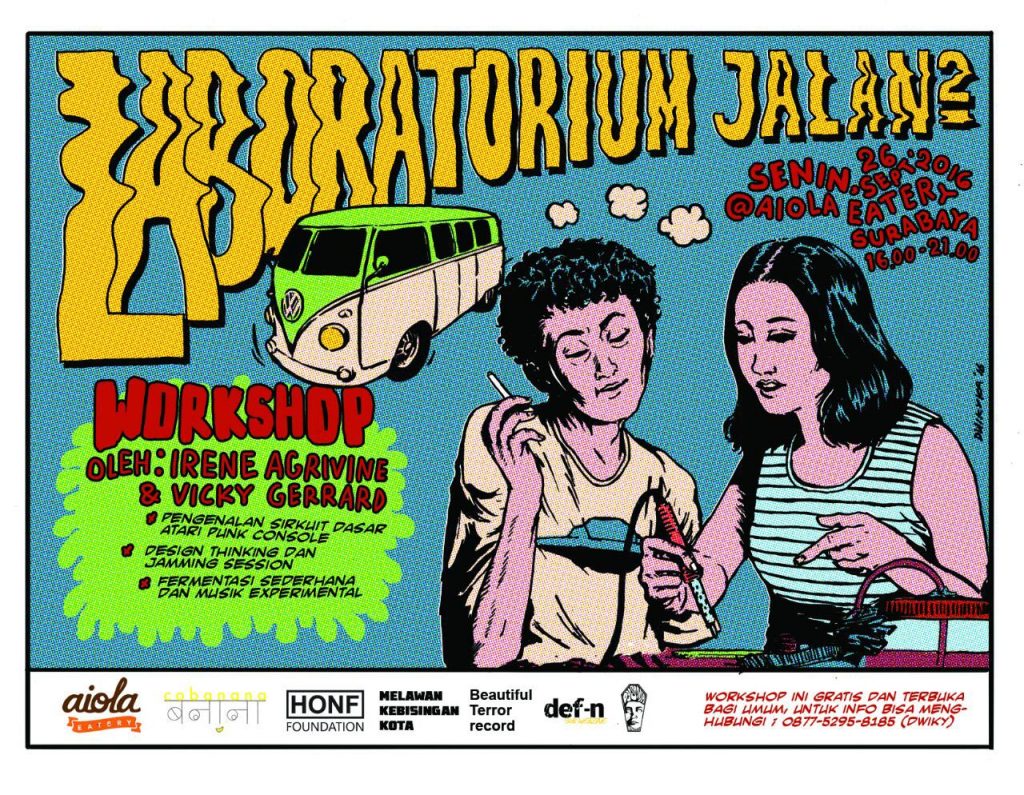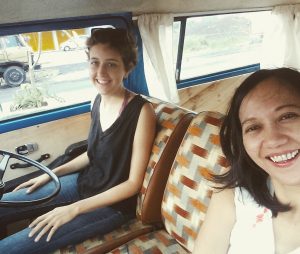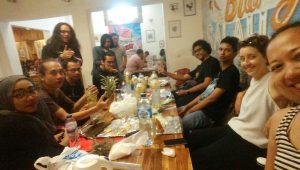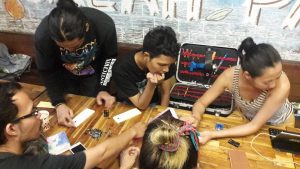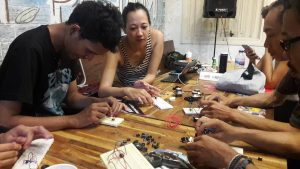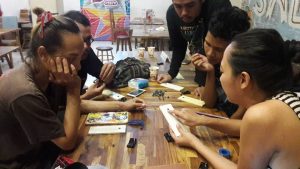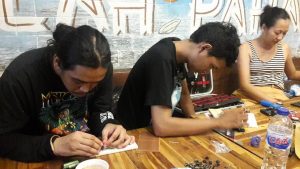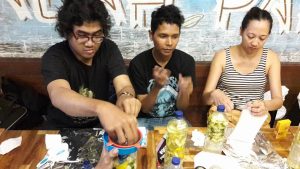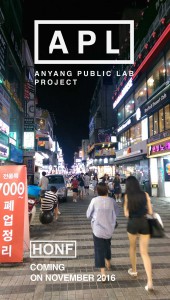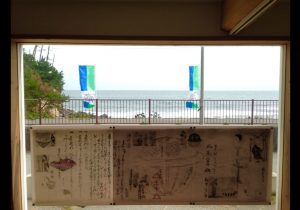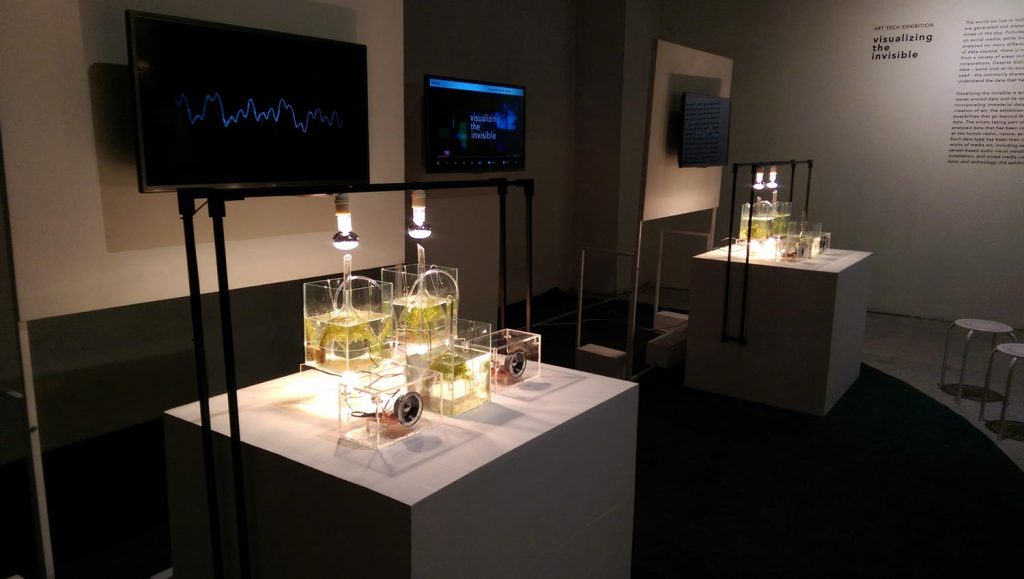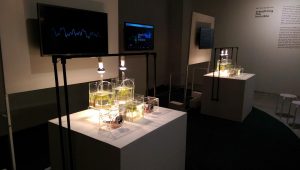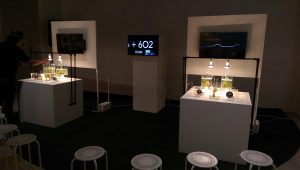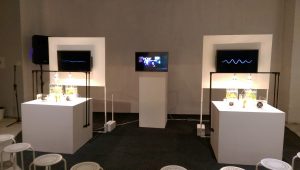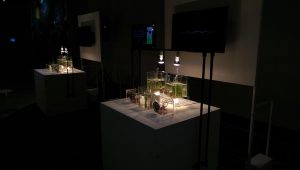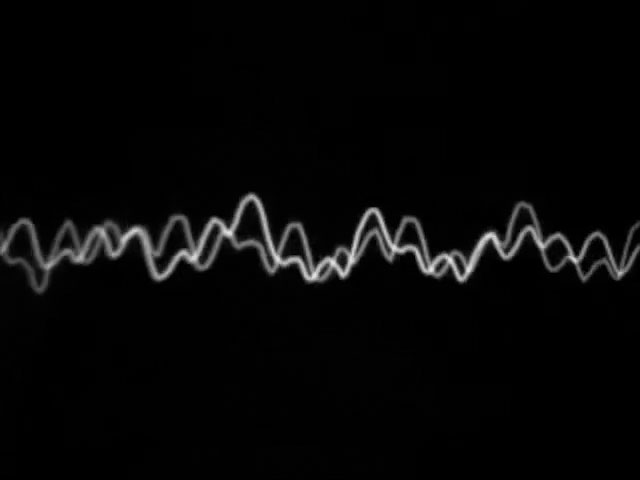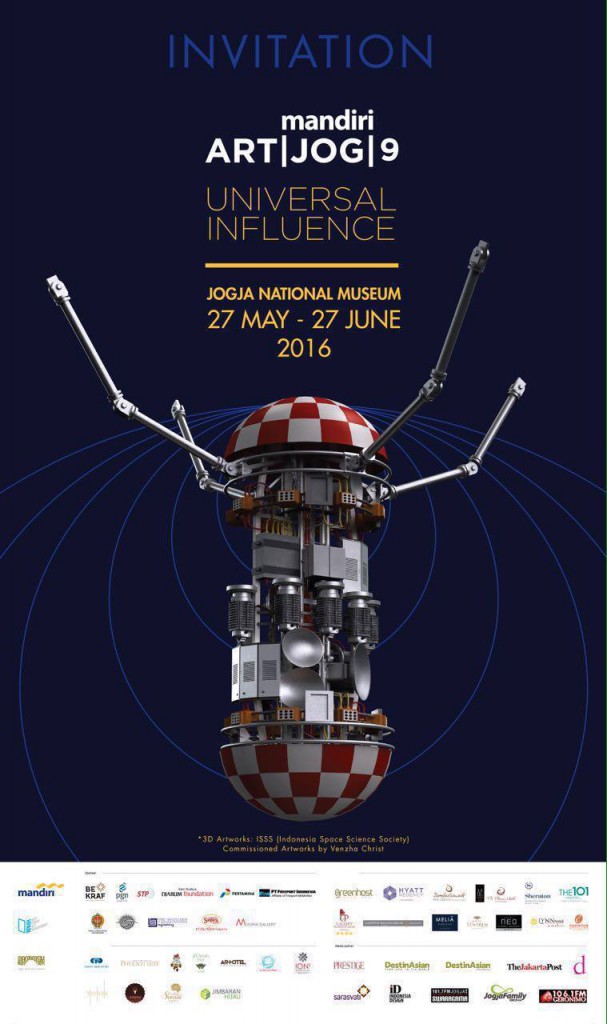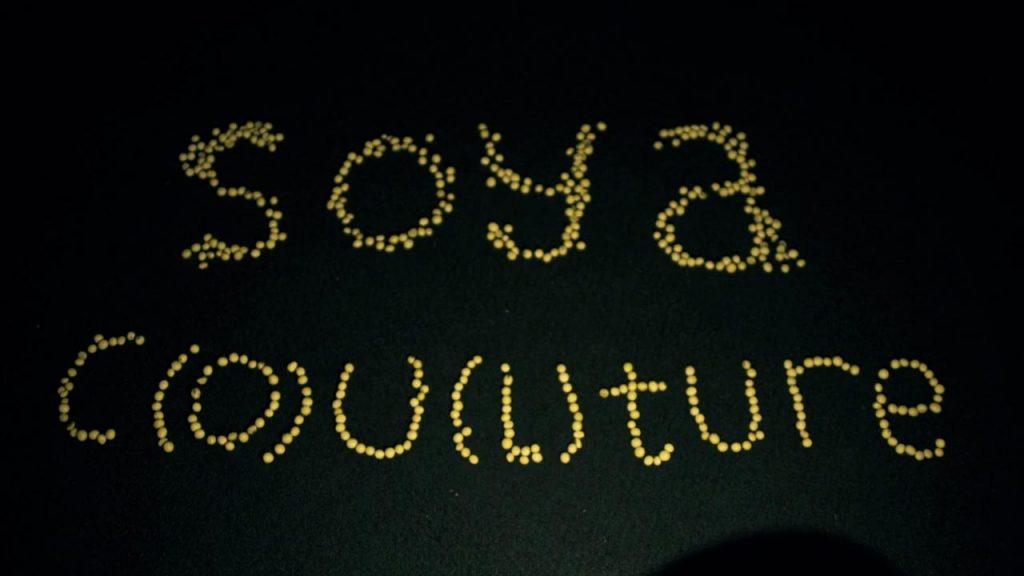The rise of Indonesian digital art
The substantial growth in Indonesia’s contemporary art sector over the last two decades points to something more than a ‘new market phenomenon’
Edwin Jurriëns
Indonesia’s digital art is breaking new boundaries as well as tackling important issues in society, writes Edwin Jurriëns.
Indonesian digital art is breaking new boundaries, taking on policy issues and working with communities for a better future.
Since the 1990s, Indonesian contemporary art has overcome various politico-economic obstacles and experienced a few impressive booms to earn a secure position in the global art market.
In April 2014, the 1979 oil painting Pasukan kita yang dipimpin oleh Pangeran Diponegoro (‘Our soldiers led under Prince Diponegoro’) by S. Sudjojono was sold for HK$58.36 million (US$7.53 million) at an auction at Sotheby’s in Hong Kong, which is the record for Southeast Asian art. One of the commercially most successful younger artists, I Nyoman Masriadi, had his 2000 triptych Man from Bantul (The Final Round) sold at Sotheby’s Hong Kong in 2008 for $Hk7,820,000 (US$1 million), then an auction record for a living Southeast Asian artist.
While the top end of the Asian art market has been dominated by the medium of painting, in recent years there has been a growing interest in multimedia artists, including artists who use or are inspired by various types of digital technology. Apart from the artists themselves, a group of relatively young art collectors have played a role in putting new media art on the map in Indonesia. Without an outside curator, they showed this type of art in an exhibition aptly titled ‘No painting today’ at Pacific Place Mall in Jakarta in July 2014. A similar exhibition, titled ‘Zeitgeist’, was held at Gallery Kunstkring in Jakarta in May 2012.
While the young collectors rightly appreciate the context and provenance of digital and other new media art, they are still, like other collectors, interested in owning it. In a gallery or private collection it becomes alienated from the collaborative processes that spawned it, and the communities that created it. In a sense it loses its meaning. Unlike other conventional art, it is often a spontaneous product of unique socio-political circumstances, responding to community concerns in a ground-breaking way.
This has been illustrated by the emergence since the late 1990s of new media art collectives such as ruangrupa and Forum Lenteng in Jakarta, The House of Natural Fiber (HONF) and Ruang Mes 56 in Yogyakarta, Common Room in Bandung, Jatiwangi Art Factory in Jatiwangi and WAFT in Surabaya. These collectives often produce project-based art in collaboration with local society, and display their works in galleries as well as public outdoor spaces. They are the product of the increased accessibility of consumer technology in Indonesia, particularly laptops, mobile phones and video cameras, and the increased freedom of expression of the post-Suharto era. The emergence of digital art in the art market may look like it has happened suddenly, but this form of art has been part of a longer, ongoing creative struggle responding to all sorts of socio-political factors.
One example is HONF’s ongoing project Micronation/Macronation: Democratizing the energy. The background to the project was the public outrage about government plans to cut fuel subsidies in March 2012. At its core are three components: fermentation/distillation machines, which can transform hay into ethanol; satellite receivers for obtaining data related to agricultural production, such as weather, climate and season conditions; and super-computers for processing data about agricultural conditions, ethanol production, and food and energy sustainability levels. The project is meant to generate alternative, cheaper and renewable energy sources, which would ideally secure energy independence for Indonesia. It includes creative collaborations with farming communities in the Merapi and Kulonprogo areas in the Yogyakarta special region.
HONF has been able to survive for close to two decades now, and has also contributed to the sustainability of Indonesian new media art by inspiring a second generation of spin-off communities, including XXLab, an all-female collective founded in 2013.
Similar to HONF, XXLab explores creative solutions for previously undetected or understudied links between waste management, food and fuel shortage or unaffordability, and poverty reduction. In one its projects, SOYA C(O)U(L)TURE (2015), the collective uses digital and biological hacking methods for designing dresses and other ‘haute couture’. The clothes are made from a leather biofabric, which is based on the liquid waste of tempeh and other soy industries known for polluting the Indonesian rivers and soils. SOYA C(O)U(L)TURE was crowned winner of one of the 2015 Prix Ars Electronica awards, a prestigious European Commission-supported competition for cyberarts in Linz, Austria.
HONF and XXLab illustrate that Indonesian digital and other new media art encompass more than the objects bought and sold at the art market. They have moved aesthetics beyond tangible works of art, by facilitating collaborative, laboratory-like experiments that seek solutions for some of the most urgent issues of our times. From a policy perspective, many challenges still lie ahead of these new media art communities, however.
They have observed, for instance, that the new forms of digital creativity, and the creative industry more broadly, are insufficiently supported by the formal education system. The artists also struggle with restrictions on access to digital information and the criminalisation of Internet users through government legislation, such as the 2008 Information and Electronic Transactions Law (UU ITE). Governments and banks are rarely prepared to fund community initiatives, and most creative projects are order rather than idea based. At the same time, a lack of legal enforcement has let to unbridled piracy and has taken away revenue from creative entrepreneurs.
Additionally, many of the new media artists feel that policies tend to support the owners of financial capital rather than the creative workers themselves, whose wages are usually below the minimum. While official policies tend to prioritise the material infrastructure of cities, the artists rightly urge for developing creative capital through increasing people’s access to suitable education and information. Until these needs are met by formal policies and programs, the digital art communities are filling in the gaps themselves, occasionally with the financial support of a select group of keen young art collectors.
This article is published in collaboration with New Mandala, the region’s premier website on Southeast Asia.
This piece was first published at Policy Forum, Asia and the Pacific’s platform for public policy analysis and opinion. Read the original here: http://www.policyforum.net/rise-indonesian-digital-art/
